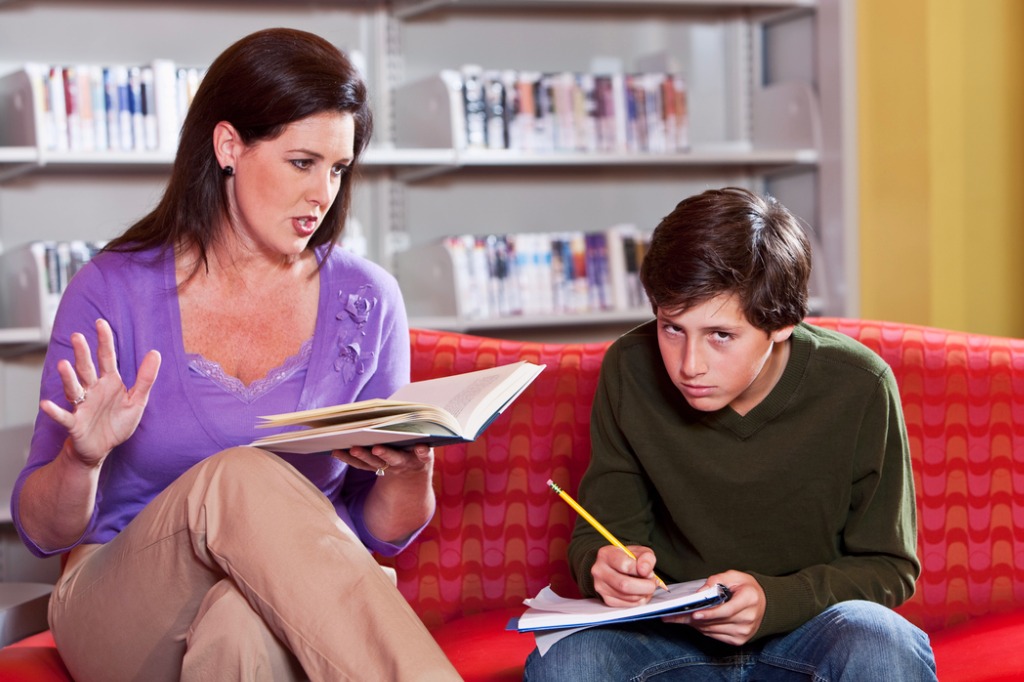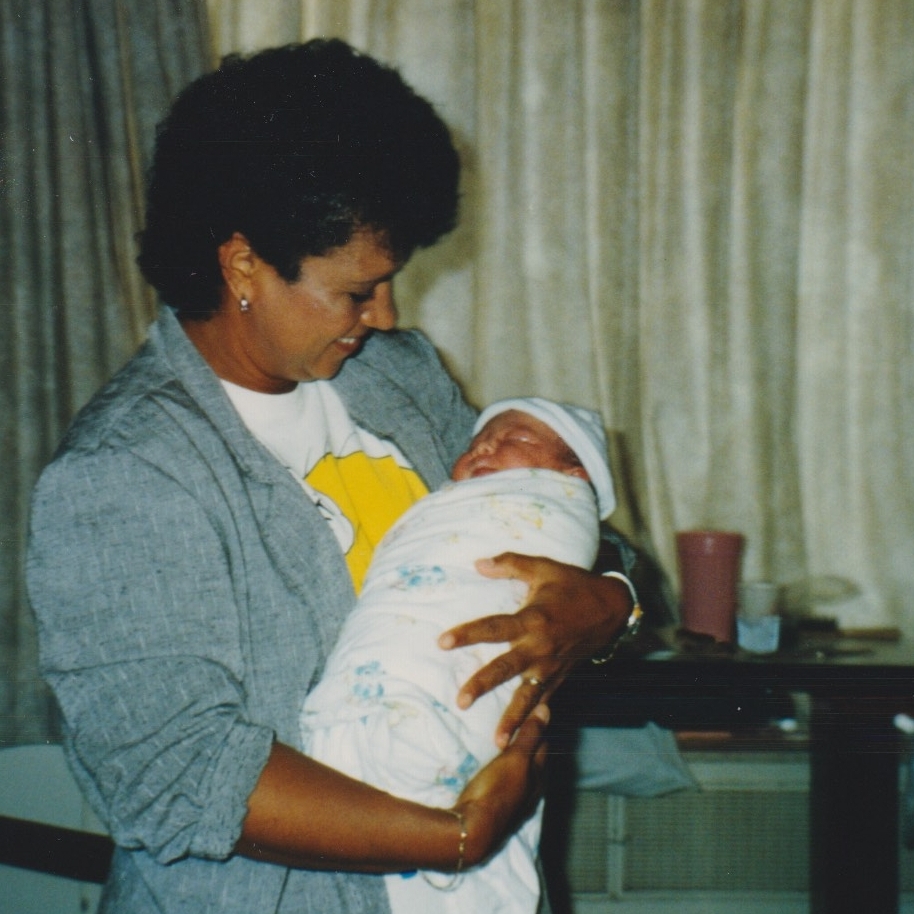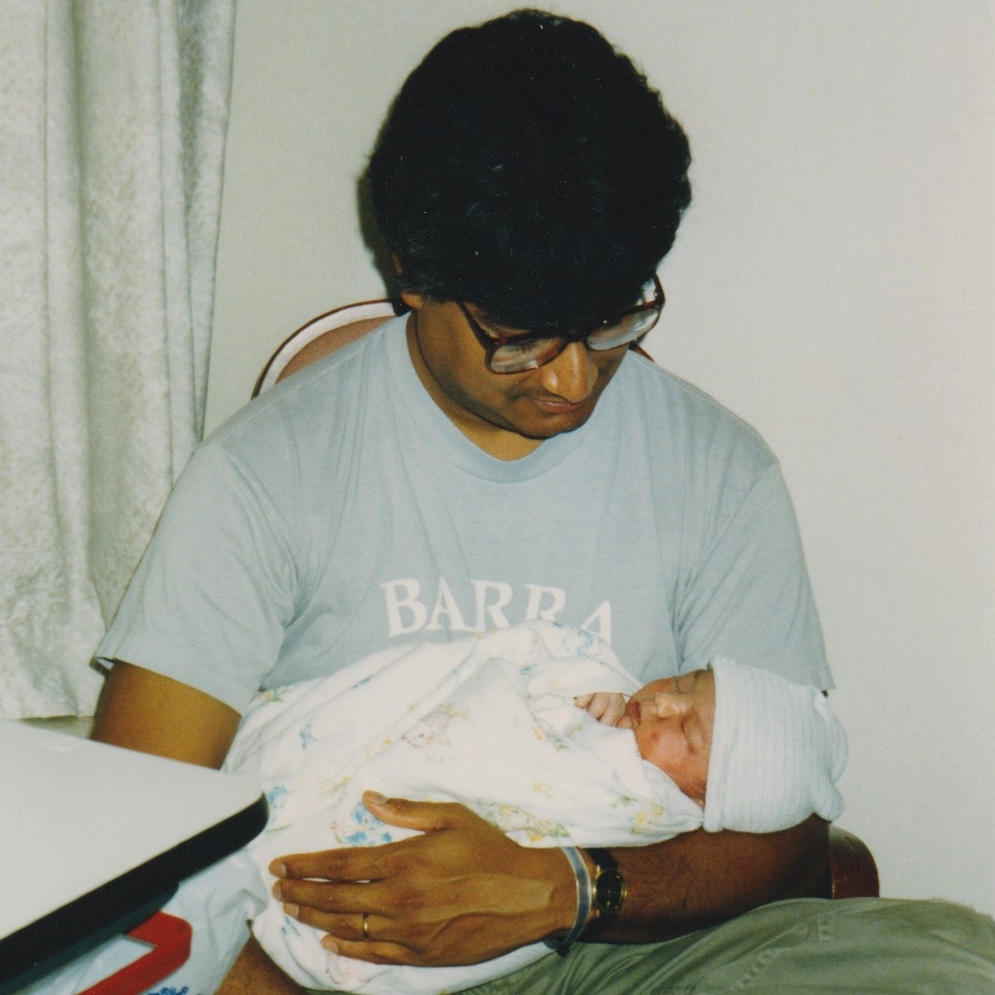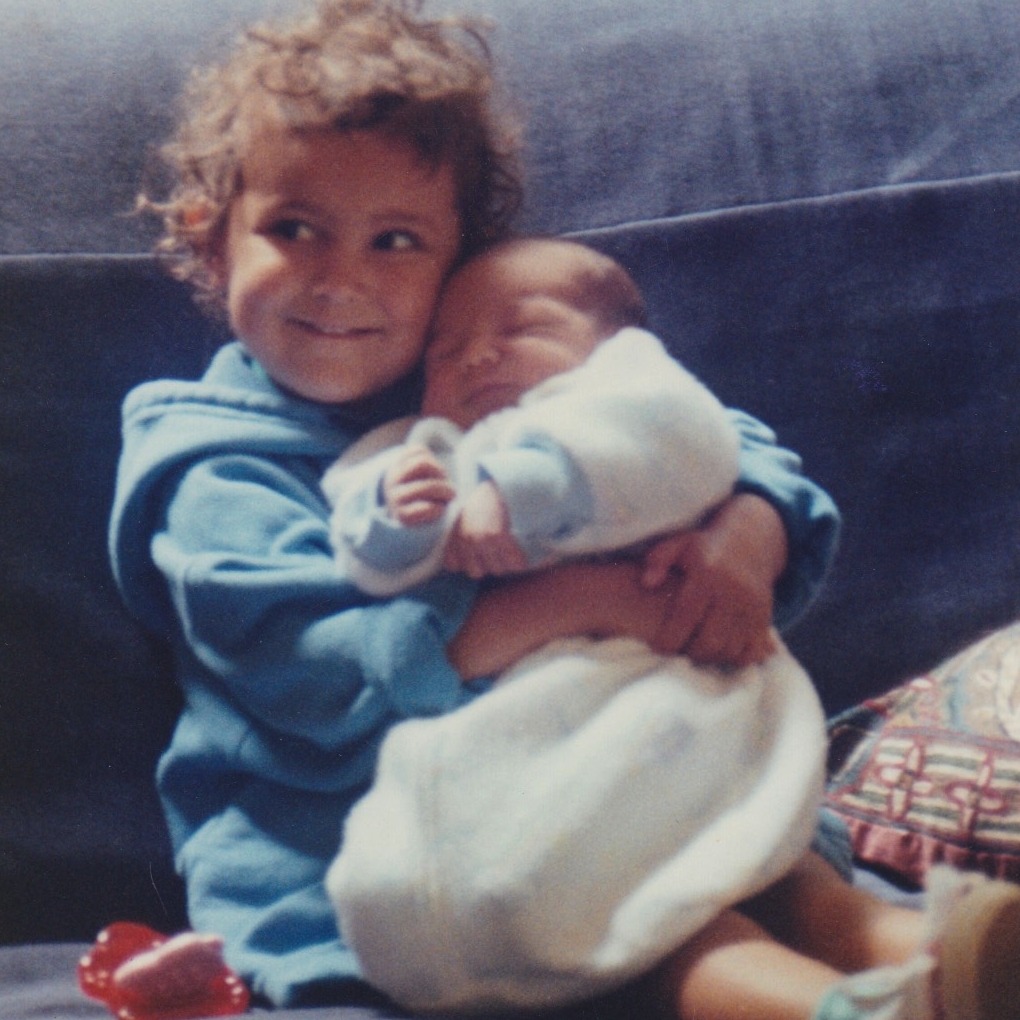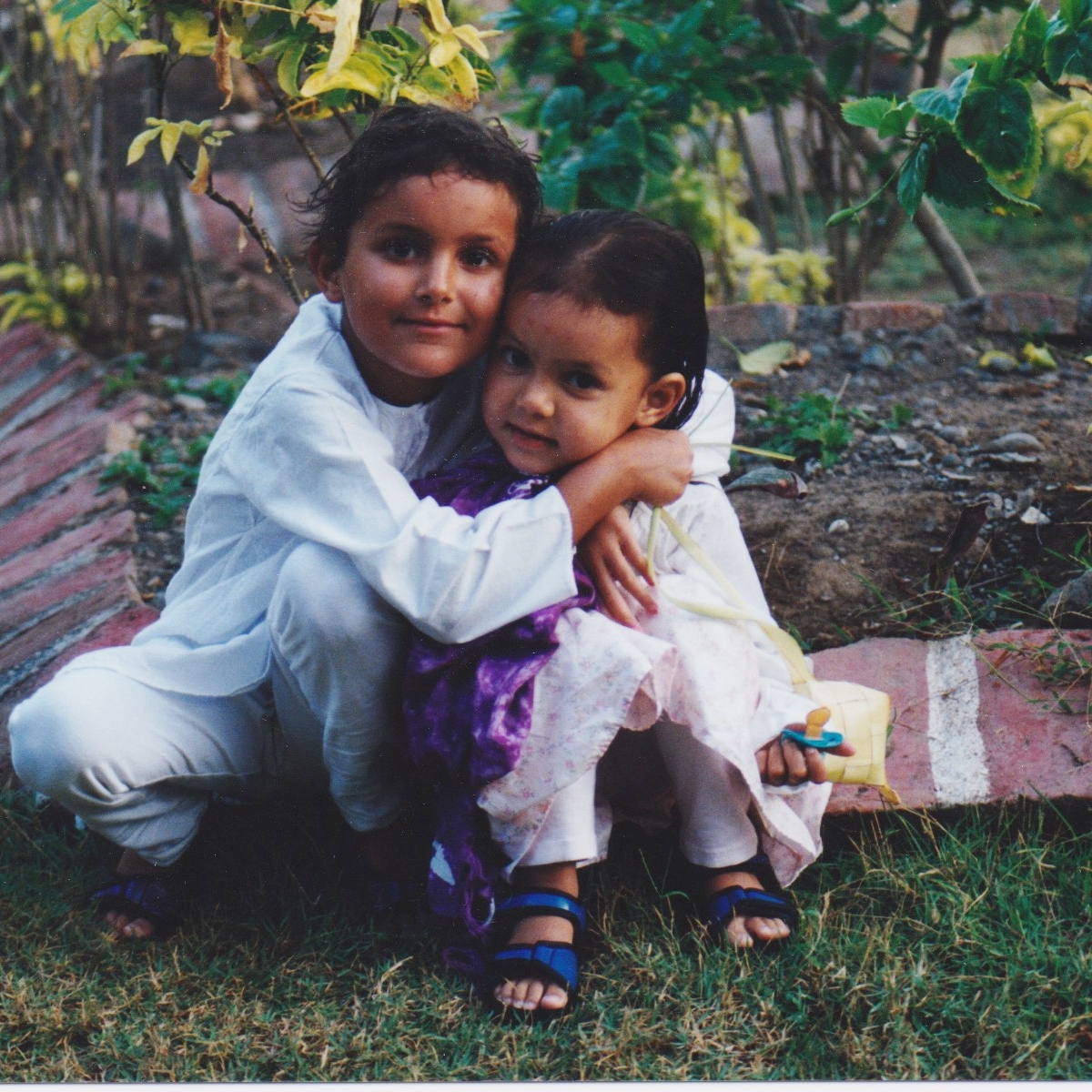If you have a teenager, you're probably familiar with the feeling of being disrespected: Your teen rolls their eyes, sighs deeply, no longer laughs at your jokes, goes straight to their room and closes the door, or seems to argue with you all the time. You feel triggered: Your once-compliant child is becoming a stranger. Or your parental authority is threatened.
You may sense that some of this disrespect is related to growing up, to your teen's desire to run their own life, make their own decisions. But they're not yet an adult, and the issues you need to weigh in on accumulate: When can they go out without supervision? What media can they use, and for how long? When can they have co-ed sleepovers, go to parties, or date? Are they doing their homework, getting enough sleep, spending time with family?
Some adults (not only parents but teachers, coaches, advisors, and more) react by taking a top-down approach, laying down their word as law: "Do it because I said so." Others take the opposite tack and abdicate their authority, letting the teens do what they want. Some adults try to micromanage teens, taking over where teens could be responsible for themselves. And others--especially those with a higher level of education--try to inform and persuade, didactically offering all the reasons why a teen should or should not do something.
But research is revealing an important truth: Respect is a two-way street, and it becomes especially important during adolescence. Shifting focus from how much respect you feel you're getting, to whether or not you're showing them respect, is critical. Leveraging respect for teens is key to helping them stay engaged, in relationship, and in collaboration.
So what does that look like?
Respect for autonomy is key.
Self-determination theory asserts that people are more motivated when their underlying needs are taken into account. One of the most important human needs is autonomy, and autonomy is never more important than during the teenage years.
When you have autonomy, you have the freedom to act out of your own volition, to "own" an action yourself. Teens are more likely to feel autonomous when they feel successful managing a part of their lives, when they're allowed freedom of choice and action, when they're given responsibility, and/or when they see that their actions are meaningful and that they matter. Feeling autonomous contributes to feeling respected, and it helps teens know that they're on the road to adulthood.
A number of changes conspire during adolescence to make autonomy more important than at any other time. The hormonal changes that come with puberty act on the brain to bias teens' motivation in certain ways, perhaps in preparation for adulthood. One of those changes is in testosterone; its rise in both boys and girls in adolescence is correlated with respect-seeking. (Conventional wisdom links testosterone with aggression, but researchers find that it's more accurately predictive of respect-seeking. It's just that what counts for respect depends on the context. In deviant peer circles, testosterone is associated with aggression, but if teens are in a healthy peer group, the drive for respect is channeled more constructively, like taking leadership.)
If you take a long view of adolescence, this sharp turn toward needing respect makes sense: As adults, we all need to solicit respect or status among our peers in order to make things happen and function effectively in a group. But to a parent, the sudden change can feel jarring, and parents are often unprepared.
Autonomy threat: Why teens shut down (and how to avoid it).
It turns out, teens are super-sensitive to how adults react to their growing autonomy. When teens feel over-controlled or coerced, or even when adults do too much for them, it can trigger "autonomy threat," which shuts down teens' willingness to collaborate or engage. Threats to teens' autonomy may make them feel less able, less trustworthy, and more childlike than adult-like. Autonomy threats also send negative messages about teens' competence.
Researchers have noticed that quite a few strategies that work for children don't work for teens, especially beginning at around the eighth grade. A major reason for that may be autonomy threat.
For example:
A meta-analysis (analysis of multiple studies) of bullying prevention programs showed that program effectiveness drops to nearly zero for eighth graders and above. Many social and emotional learning programs that work for younger children are less effective with high school students.
A recent randomized control trial (the gold standard of research) of a mindfulness intervention showed that it had no benefits for high school students, even though the course was taught by an expert in mindfulness.
Other meta-analyses show that numerous public health campaigns aimed at preventing obesity, depression, and juvenile justice recidivism become less effective in the eighth grade and above.
In fact, scientists are now starting to think that so-called "teenage rebellion" is not an inevitable part of adolescence but rather a reaction to autonomy threat. For example, studies show that teens are willing to comply with parents when they think the rules are fair (like moral choices or ones involving safety), but they resist when the rules seem personal (e.g., what clothes to wear) or unjust. In other words, they don't rebel across the board, just when they think something is out of bounds--a distinction we surely want them to be able to make as adults.
One clever study showed how criticism can literally shut teens down. Researchers scanned teenagers' brains while they listened to recordings of their mothers making different types of statements, including both loaded statements (criticisms) and neutral statements about the weather. When the mothers criticized the teens, saying things like, "One thing that really bothers me about you is [blank]," regions of the teens' brains that process emotions (specifically social and physical pain) became more active. Simultaneously, areas of the brain associated with emotion regulation and social cognition became less active. Scientists interpret this to mean that not only do teens react with negative feelings to their mother's criticism but that their ability to regulate those feelings also deteriorates and they become less able to take the parent's perspective into account.
So how do we talk with teens about difficult subjects without activating their autonomy threat?
One recent study demonstrated that avoiding autonomy threat, along with appealing to teens growing sense of social justice, could inspire them to make healthy food choices--something traditional public health campaigns have been unsuccessful at. Researchers Christopher Bryan at the University of Chicago Booth School of Business and David Yeager at the University of Texas at Austin, along with other colleagues, randomly assigned over 500 eighth graders to one of three learning conditions:
The first group learned about the importance of healthy eating through traditional, information-based health education lessons.
The second group read an article about how food companies unfairly influence people's food choices in a number of ways, e.g., by engineering foods to be addictive, manipulatively targeting young people, mislabeling unhealthy foods as healthy and natural, and so on.
The third group was a non-food-related control group.
The following day, when students had the opportunity to select their own snacks for an ostensibly unrelated event, the group that had read about corporate manipulation chose healthier snacks than either of the other two groups. A reasonable conclusion is that in the case of the first group, teens' autonomy threat was triggered by the didactic style of teaching information. But in the second group, their desires both for autonomy and for social justice were appealed to--teens don't want to be controlled by anyone, including corporations, and they have a strong sense of fairness and justice.
Interventions are more effective, science suggests, when they work in concert with teens' strong values. Indeed, studies show that teens collaborate more under certain conditions: where they feel their intelligence is valued, where their potential fro growth is taken into account, when they are allowed to make choices and discoveries, when they feel safe.
Another piece of the puzzle: secure attachment.
Teens who have a secure attachment with their parents or primary caregivers also collaborate and engage more with adults and make healthier decisions. Scientists define a secure attachment in adolescence much the same as in earlier childhood--where parents are a "secure base" for children to explore the world and master their environment. And a secure attachment in adolescence continues to confer benefits like better mental health, better social skills, fewer risky behaviors, and better coping in teens.
But attachment looks different in adolescence that it does in childhood, especially in the dimension of autonomy. Teens don't need to be as physically close to their parents, but they do still need the psychological closeness and assurances of support and protection when needed. They spend more time with their peers, away from parents, than younger children do. And they have more conflicts with their parents--though conflict itself is not a sign of a problem. Rather, some conflict is a healthy byproduct of negotiating their growing autonomy. However, how the conflict is handled matters very much: Teens do better when they are allowed to express their opinions freely (respectfully, still validating and showing empathy for the other person's point of view), without being made to feel that their relationship with their parent is threatened.
Kristine Marbell-Pierre researched "autonomy-supportive parenting" as a graduate student at Clark University, and she is now the Head of Guidance and Counseling at The Ghana International School in Ghana. Autonomy-supportive parenting is part of a secure attachment and is an approach where parents motivate teens to be collaborative.
"You help them get behind your actions so they want to do what they're doing," she says. "They're cleaning their rooms because they want to do it, or they're studying really hard because they want to do it." How does that happen? "Through a conversation," she explains. "You let them give you their opinion, you give your perspective, and you negotiate and give them some choice."
For example, the parents of a friend of mine were getting a divorce and they felt it was important for their son to go to therapy. He wasn't sure he wanted to go, though, and his parents listened to his opinion. Then they explained why they thought therapy might be helpful...and they let him reject as many therapists as he wanted to until he found one he liked. Both parties had some control in the situation, and to this day, their son talks about therapy as one of the most important contributors to his mental health.
But what about when making a choice isn't appropriate or isn't allowed? Marbell-Pierre wondered if allowing teens choices would fly in her home country of Ghana, where families are hierarchical and where obedience to, and respect for, elders is paramount. "How can a teen feel like they're behind their own actions without undermining our value of respect for elders?" she asked.
So she surveyed both American and Ghanaian six graders about how they and their parents handled decisions together. What she discovered is that there are two separate parts to autonomy support: The first involves taking the teens' perspective, empathizing, and allowing an open exchange of conversation. The second part is the allowance of choice, or the teens' own decision-making.
Among the Ghanaian teens, obedience and lack of choice did not create negative feelings, she explained, because the teens identified more as part of the collective family. For American teens, though, having a choice was important, and negative feelings resulted when they couldn't have a hand in the decision-making. However, teens in both cultures did better and felt better when they were free to express their views, their feelings, and even their criticisms--and when they received empathy and an understanding of their different perspective from their parents.
"Human beings across cultures need to feel heard and understood," says Marbell-Pierre.
Research confirms that all kinds of positive outcomes result from autonomy-supportive parenting: Teens learn better and do better in school, they are more engaged, and they persist harder if the face of difficulty. They also have better moods, are more collaborative with adults, and they rebel less.
"They are happier, more self-motivated, and more confident," says Marbell-Pierre.
Teenagers are one of the most negatively stereotyped groups in America, writes Laurence Steinberg, a prominent developmental psychologist.(1) And yet, as a society, we need--and we should value--teens' developmental gifts.(2) Their creativity, their energy, and their idealism are what remake society and carry us forward into the future with new ideas and solutions. Validating, protecting, and guiding their growing autonomy is important to their wellbeing and to keeping those gifts intact.
* * * * *
Helpful tips for supporting teens’ growing autonomy:
Strive for an authoritative parenting style, which includes a secure attachment. It also helps to encourage the ongoing development of a child’s autonomy from an early age.
Practice deep listening or reflective listening to the teen’s side of things. It might help to:
Turn off your own internal alarm system: Take a meta-moment to calm your own reaction in order to make space to listen.
Reframe the teen’s desire for autonomy as a sign of their growing maturity rather than a threat to your authority.
Notice what gets in the way of your ability to be present and listen, such as stress, worry about your teen’s future, daily hassles, over-investing your own self-esteem in your teen’s success, or an addiction to control. (These suggestions come from this website on autonomy-supportive parenting.
Learn reflective listening techniques. For help, see the classic book How to Talk So Teens Will Listen and Listen So Teens Will Talk, by Adele Faber and Elaine Mazlish.
Be wary of pop literature that offers simple solutions, such as this article that points to letting teens fail as the way to promote autonomy. Granted, low-risk failure is appropriate at times, but be aware that the development of healthy autonomy results from more complex processes.
Scaffold choices and decision-making in age-appropriate ways. Teens, especially younger ones, can have strong emotional responses without the skills to regulate them. That, along with their desire for status among their peers and fallibilities in logical reasoning, can sometimes put them at greater risk. One helpful strategy is to require increased responsibility concomitant with increasing freedoms. For example, allowing the tongue piercing but making the teen responsible for health, safety, and costs. Or allow your teen to stay at a friends’ house but requiring a phone call when they’re starting back home.
Hone your back-and-forth negotiation skills. Here’s a template for that kind of conversation in families. Be clear on what’s non-negotiable for you (e.g., safety), versus what you’re willing to compromise on (e.g., appearance).
Other resources: Developmental psychologist Mike Riera offers the framework of transitioning from being a child’s “manager” to becoming more of a “consultant” during your child’s adolescence. He has several books, including Staying Connected to Your Teenager and Uncommon Sense for Parents with Teenagers. And developmental psychologist Laura Kastner, along with Jennifer Wyatt, write about how to handle conflicts that arise with teens in the book Getting to Calm.
* * * * *
Footnotes:
(1) Laurence Steinberg (2014). Adolescence, 10th Ed., NY, NY: McGraw-Hill, p. 18
(2) Daniel Siegel (2013). Brainstorm: The Power and Purpose of the Teenage Brain. NY, NY: Penguin Group.
.

